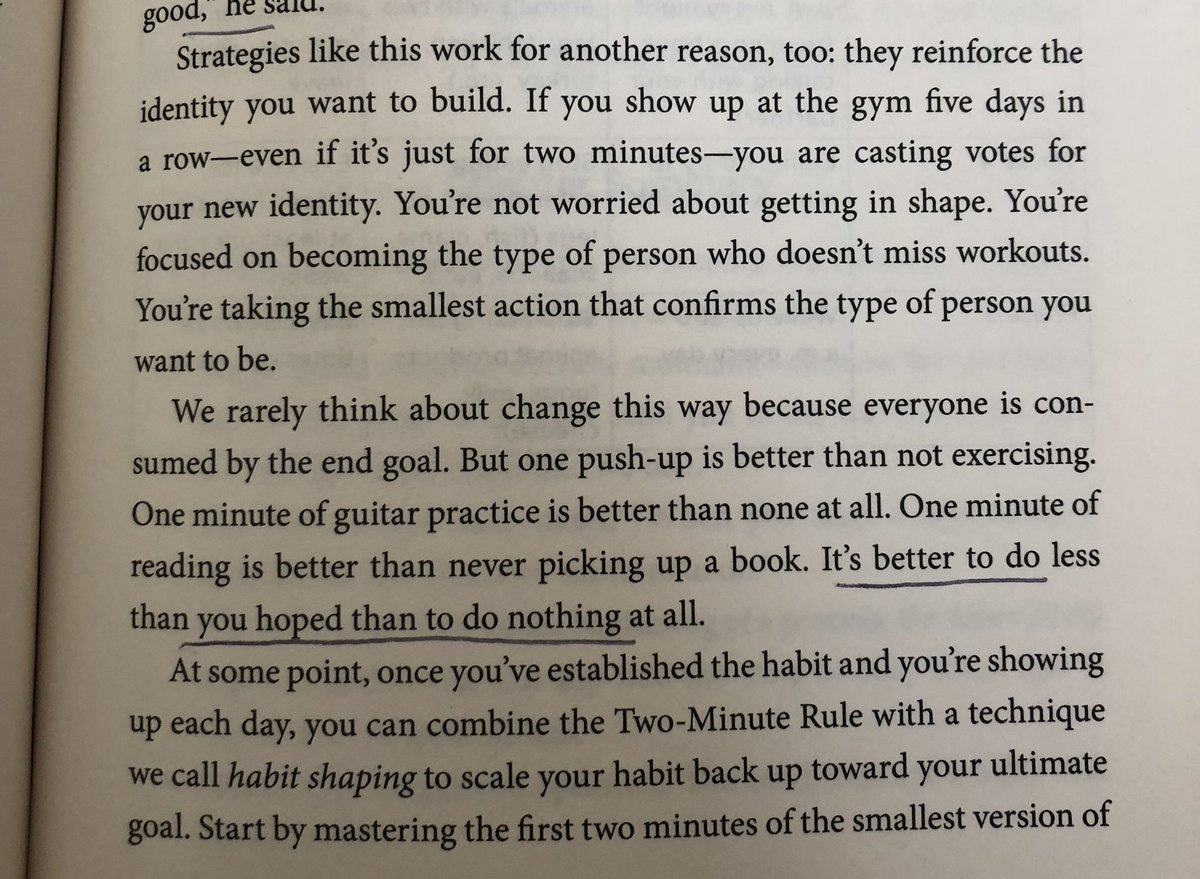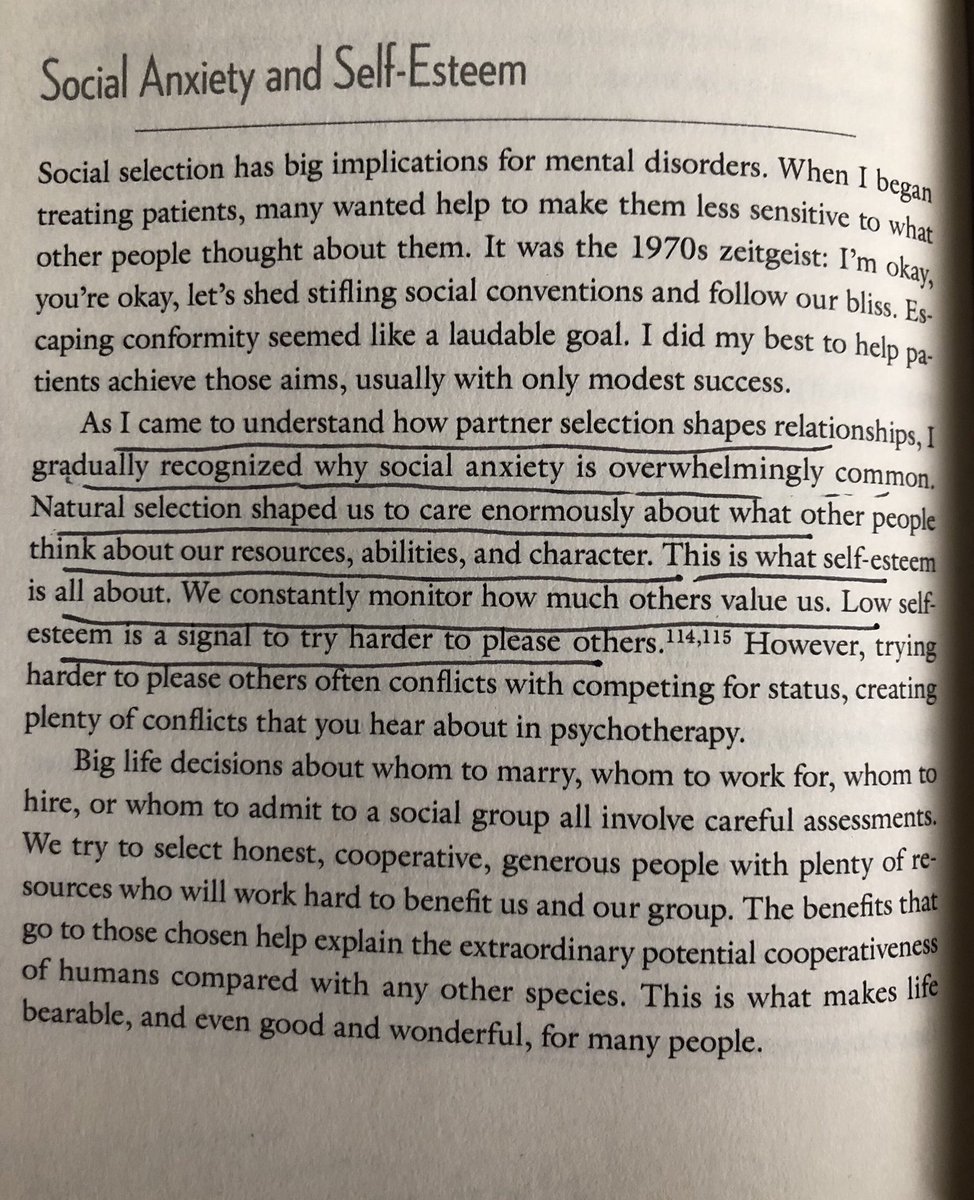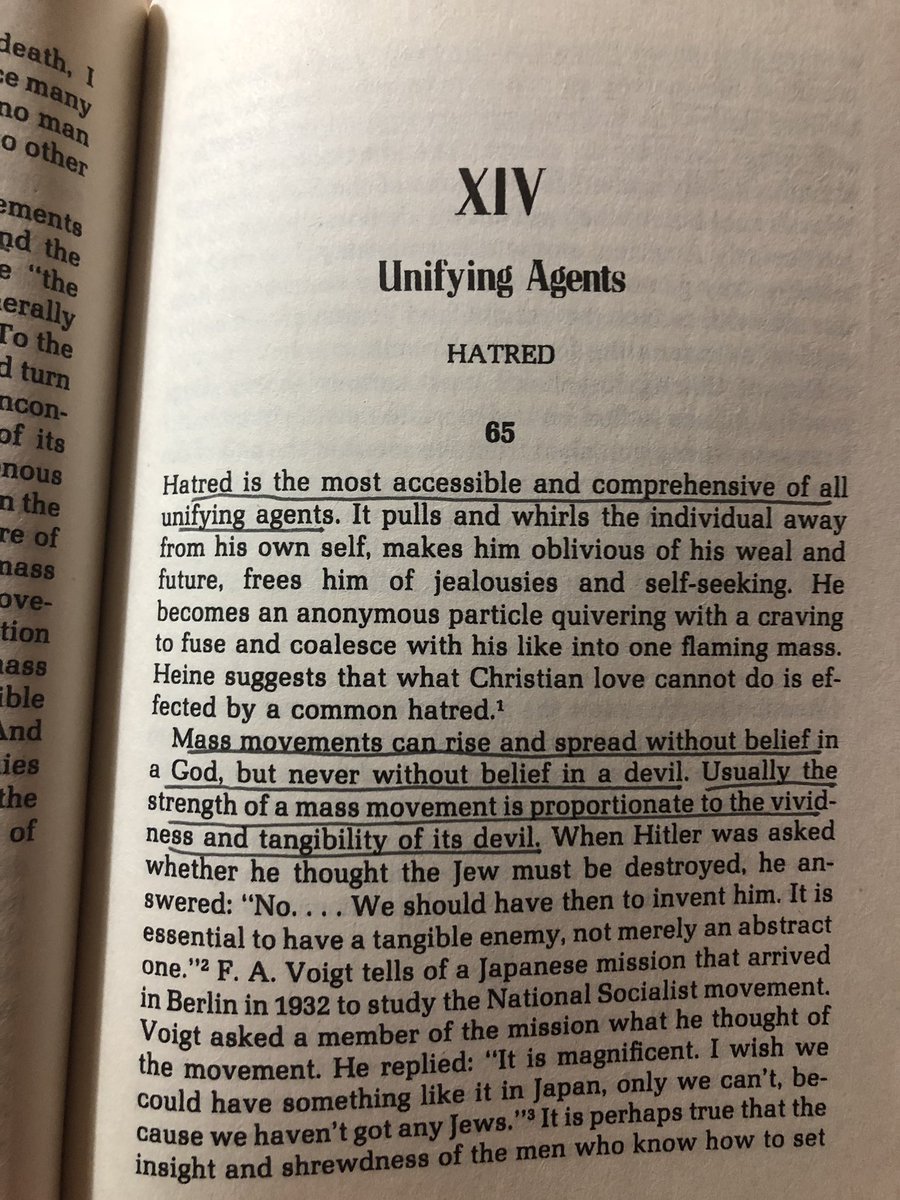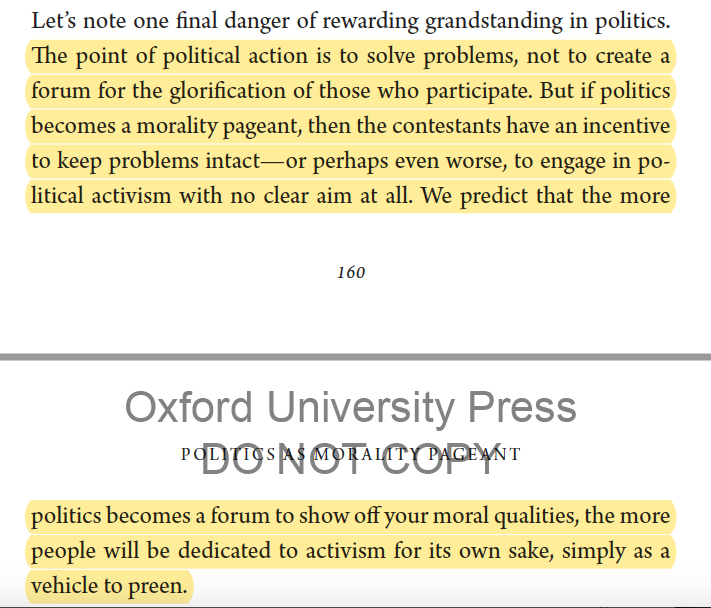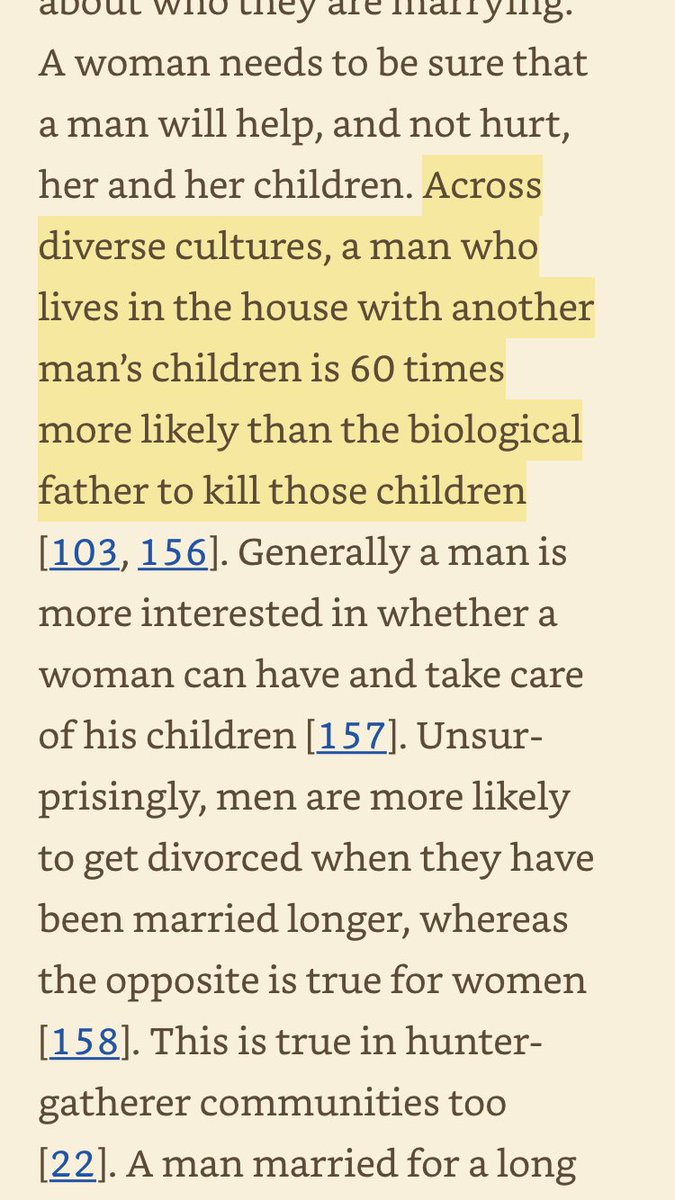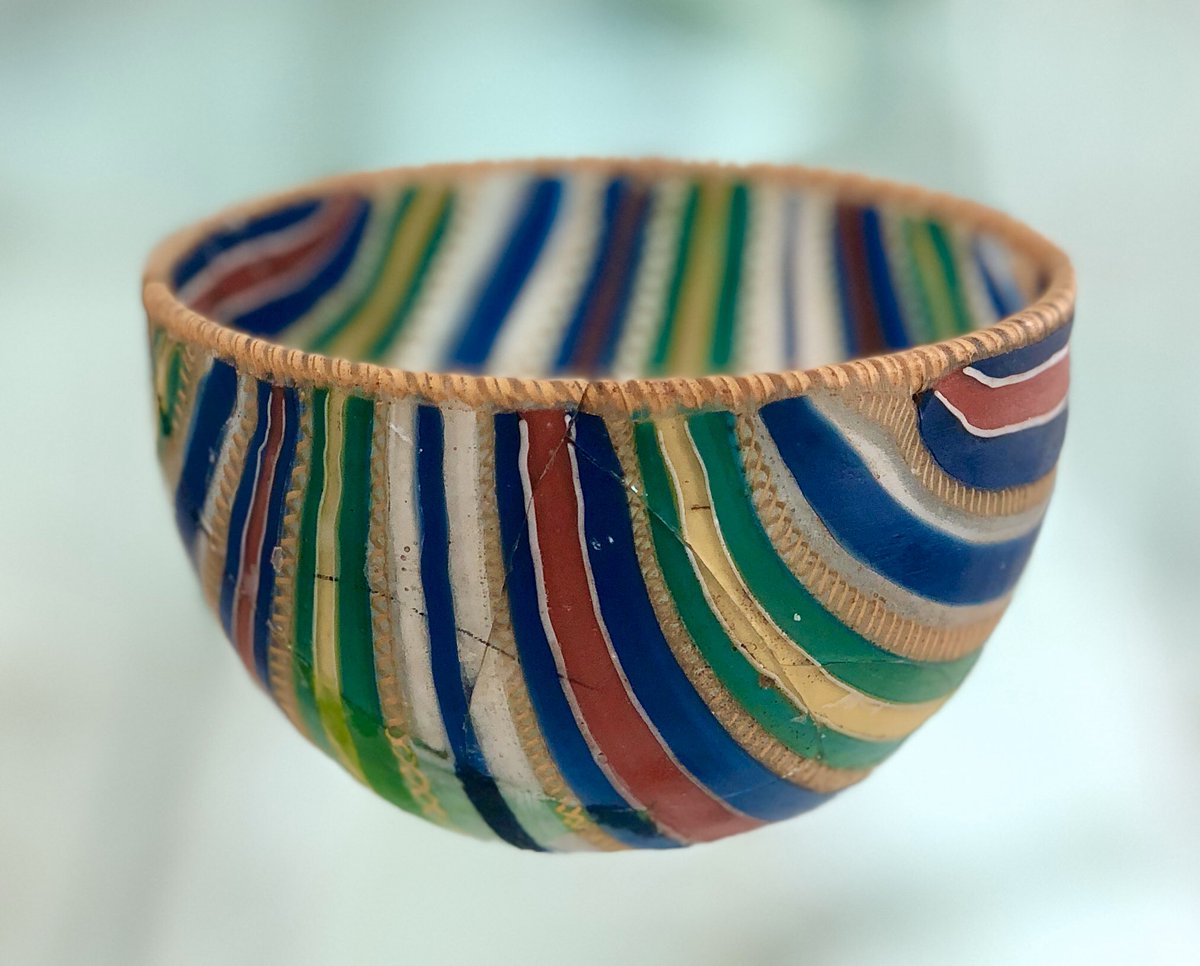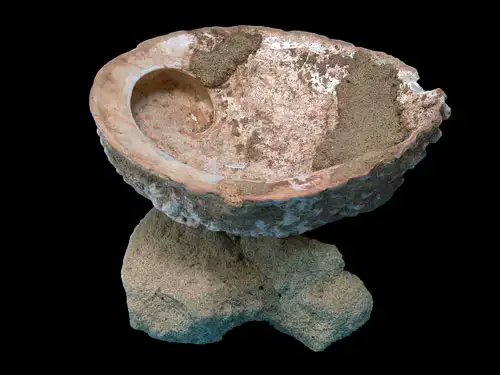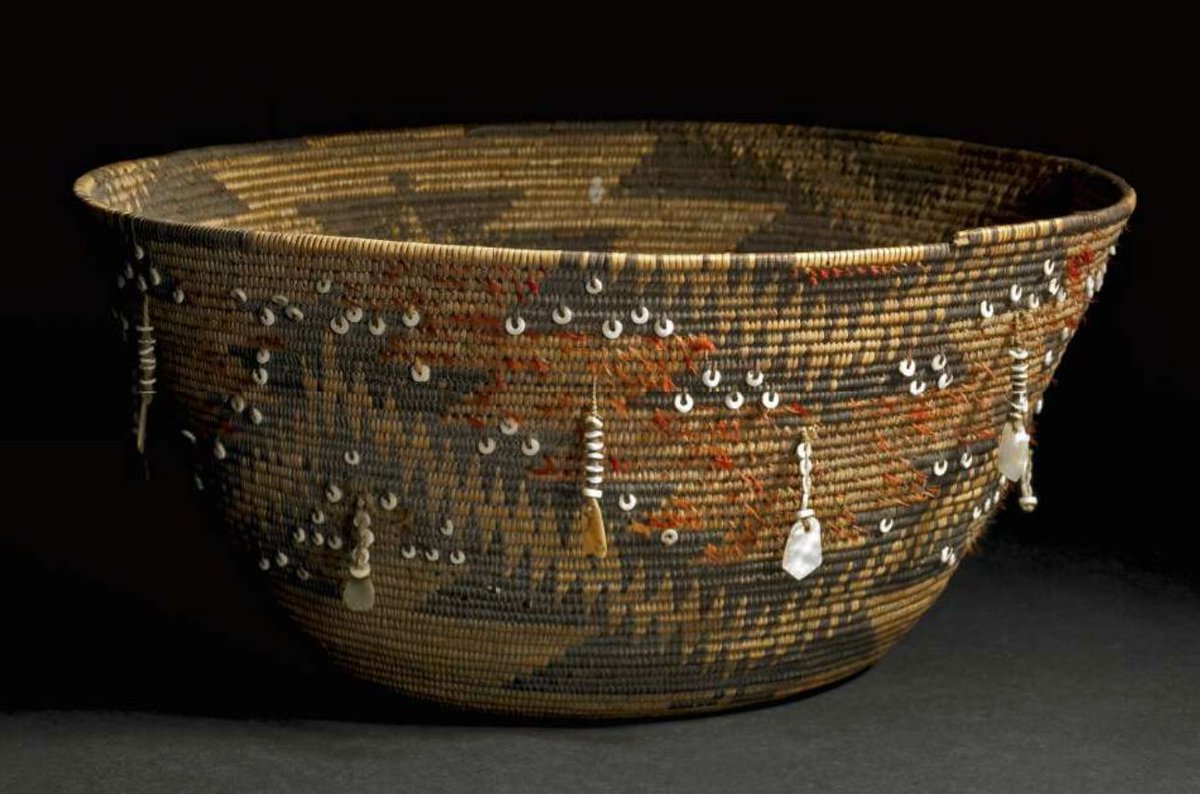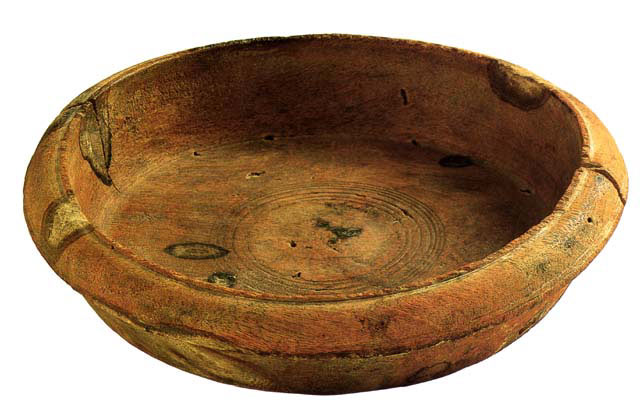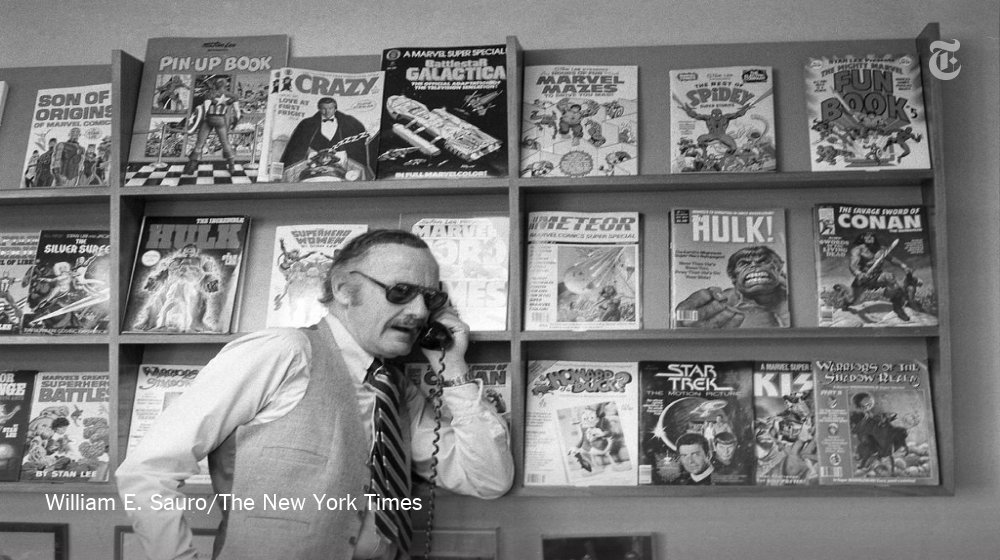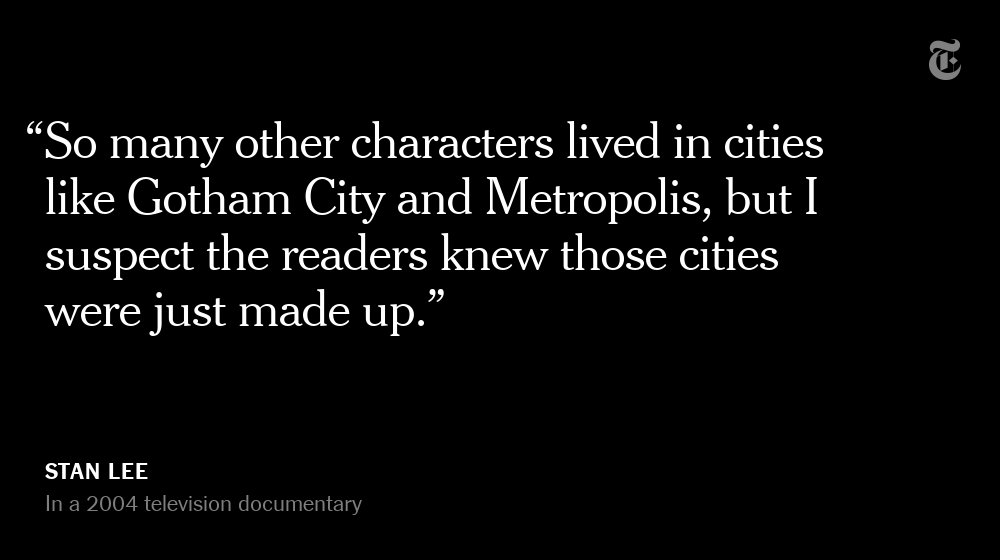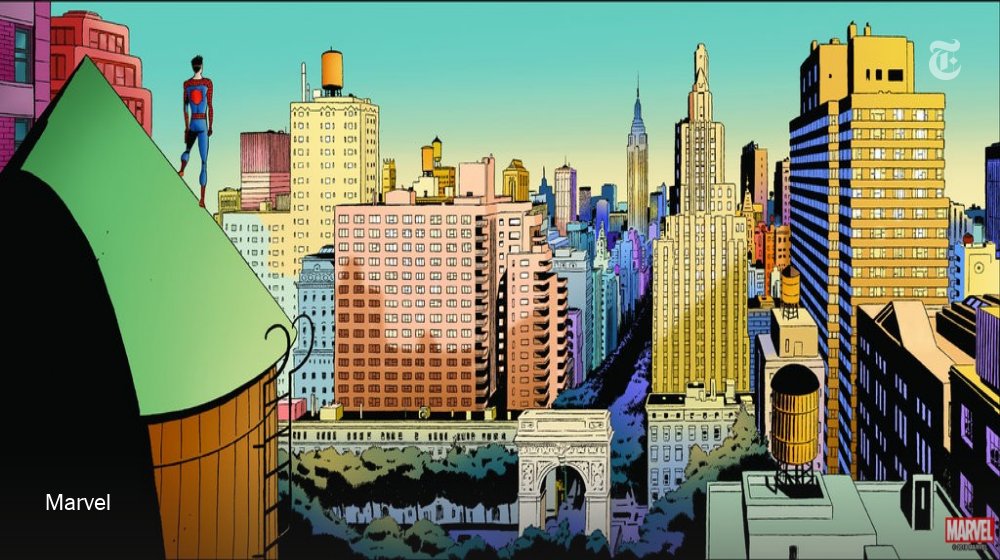Mothership is a lived-in universe. No matter the particular brand of sci-fi you bring to your table, the books imply a grimy, sweat-soaked space made of pig iron and leaky hoses.
Of all the Mothership products, Gradient Descent is the truest expression of that.
Exhibit A: Textures
For example, the pages look like Sean McCoy didn't design the book so much as found it wedged behind IBM terminals tasked with MKUltra—and then faxed it to himself.
Every page has this weathered look deliberately placed where it would exist in real life.
Before I was a copywriter, I crawled inside furnaces in manufacturing, and strung from the catwalks over centrifuges and die toolings were books like this.
Cobbled together, photocopied, faxed, stomped out, squeegeed dry, and faxed-again manuals.
This design speaks to my soul.
If Gradient Descent were a handout, the graphic design would be perfect. Atmospheric. It feels more discovered than constructed.
But as a gm article, it fights itself on usability, economy, and storytelling, which I'll explain further in parts.
Exhibit B: Maps
I don't know why I haven't seen this before. These maps abstract like a point crawl but look like the schemata to machinery or electronics. They're incredibly evocative, and something I *will* steal.
And here's why I love this innovation: it scales.
An isometric mega-dungeon for GD would have been prohibitively expensive, but more importantly, it would have run headfirst into the gauntlet of mapping hard science fiction.
Disproportionate scales. Non-humanist architecture. And no "correct" orientation because of zero-g.
To create Gradient Descent's map of "The Deep" with its colossal factory chambers and claustrophobic human-scale rooms, the team was going to need a tool.
This is the invention of that necessity.
It's like a point-crawl + map + Melan diagram.
One of the highlights of Gradient Descent's mapping is how it uses graphic design to tell you more information at a glance. For example, bold boxes symbolize scale while color shows us how they're illuminated.
These schemata-maps are a lot easier to reference and comprehend for this genre than traditional isometric maps.
And yet, they're still hard to use. The world map of "The Deep" in Gradient Descent is more like a shock-and-awe visual than an actual place to go to for reference.
In the book, the Gradient Descent map is broken into different thematic sections (this is good), but those maps are small, and their placement within chapters inconsistent (not so good.)
Sometimes they're at the start of a spread. Sometimes they're at the end.
These abstracted maps are still arranged in the dungeon's general shape, too, which means Gradient Descent sometimes feels like it has 4D Rubik's cubes for maps on its pages.
Either further abstraction is necessary, or the written dungeon needs to be pared down.
To add to the usability problems, the mini-maps don't have a key. This means you'll have to do a lot of flipping to the "how to use this module" section before you're fluent.
It's not a deal-breaker, space is limited, after all, but it's another burden on the Warden
Exhibit C: Color
GD wields its color palette like a multitool to communicate important information on the page while trimming entire pages from its manuscript.
And because the palette is limited, it's not overwhelming to remember.
Dark backgrounds indicate rooms on the page are not lit. Light pages indicate the exact opposite. Different colors on the "rumor" table indicate its source.
And red almost always means danger. The only exception: the main villain—the physical manifestation of danger.
To conclude this thread about Gradient Descent's graphic design: it's complicated.
There are lots of great re-inventions here. I've seen some form of these scattered across hundreds of RPG products, but I rarely see them in one product.
The result is somewhat Icarus-ian.
In the next thread, we'll talk about the layout, typography, and the creative concept of Gradient Descent. All of it leads to a greater conversation about Mothership as a whole.
Until then, RPG graphic design nerds: buy it and learn from it.
https://t.co/7SZ8iZGm1s










